Tokyo is considered the largest city in the world by population, including the metropolitan area around it known as the Greater Tokyo Area. With a physical area of 13,452km², it is actually smaller in size than the metropolitan areas of Atlanta or Chicago, and only slightly larger than that of New York, but it can feel a lot bigger due to its dense neighborhoods, busy streets, and sprawling layout.
While there are skyscrapers and examples of modern architecture in certain parts of the city, the majority of the buildings in Tokyo are smaller and more functional than those that you would find in a modern American metropolis.
In some ways, this can make the city seem to stretch on for miles around, though it also makes the city feel less imposing and more open.
With these things in mind, how big does Tokyo city really feel, and how does it compare to Atlanta, Chicago, or New York in terms of size?

How Much Space Does Tokyo Take Up?
13,452km² can be hard to picture, how big is that really? The Greater Tokyo Area, which houses all of the city’s estimated 38,140,000 residents, includes the entirety of the Kantō region, as well as the prefecture of Yamanashi, of the Chūbu region.
The mainland portion of the city is around 90km east to west. It would take more than 18 hours to walk from one end to the other.
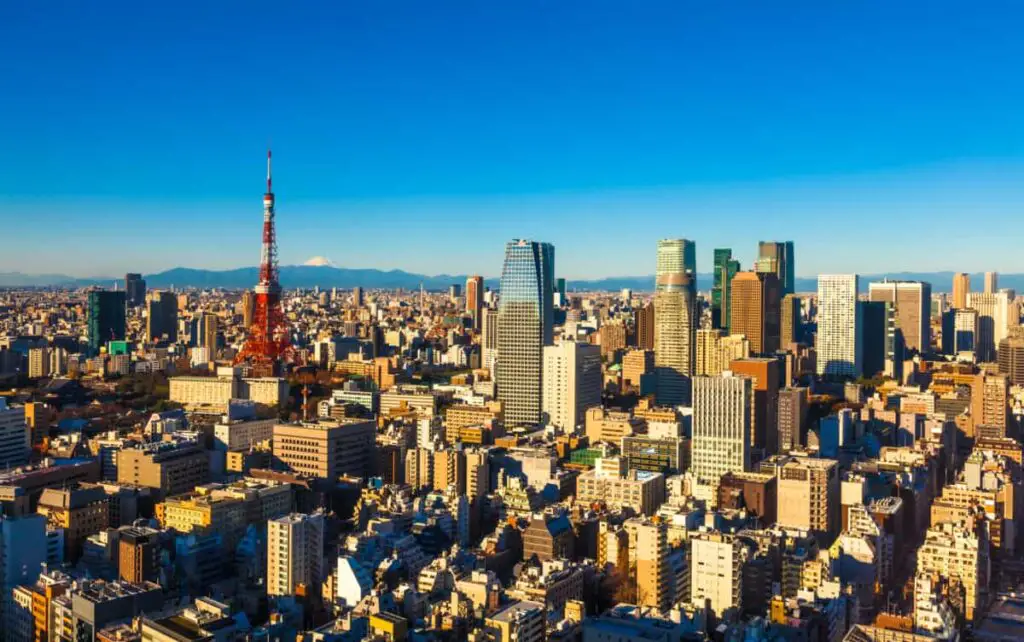
Starting life as a fishing village named Edo, the Greater Tokyo Area now spans all the way from the eastern coast in Tokyo Bay to the foothills of Mount Kumotori to the west, some 75km away. Even from north to south, the city is around 25km wide.
While the overall city encompasses this vast area, the most densely populated region is made up of the “special wards”, which comprise the former Tokyo City.
There are 23 special wards in this part of the city, each of which has city-like status within the metropolis as a whole. These are combined with 39 other municipalities that make Tokyo what it is today.
Are the Different Wards and Municipalities in Tokyo Like the Boroughs of New York?
To truly compare how big Tokyo feels to American cities of a similar size, you need to think about the different areas in each city. While Tokyo is made up of 23 special wards and 39 additional municipalities, New York is comprised of just 5 boroughs.
Traveling around either city and experiencing their size, however, each region may not necessarily feel like part of the whole.
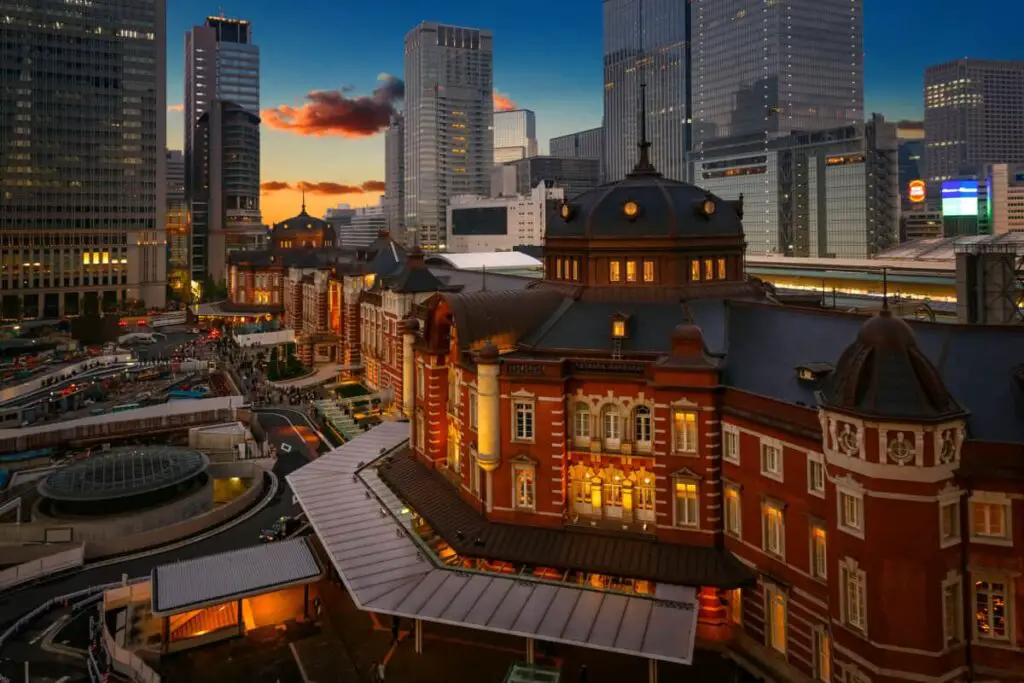
One of the main differences between Tokyo and an American city of a similar size is that Tokyo is much more densely populated, and each ward within the metropolis could be seen as a city in its own right.
While traveling between Manhattan and Staten Island can feel like visiting an entirely different place, experiencing the different wards of Tokyo makes the overall city feel much bigger.
The sheer volume of people, and the significant journey to travel between them, make the areas of Tokyo more distinct and separated than the neighborhoods of Chicago or Atlanta.
The Greater Tokyo Area even includes Yokohama, Kawasaki, Saitama, and Chiba, which are all large cities in their own right. Despite this, Tokyo’s wards and municipalities don’t feel detached from each other in the way that New York’s boroughs do.
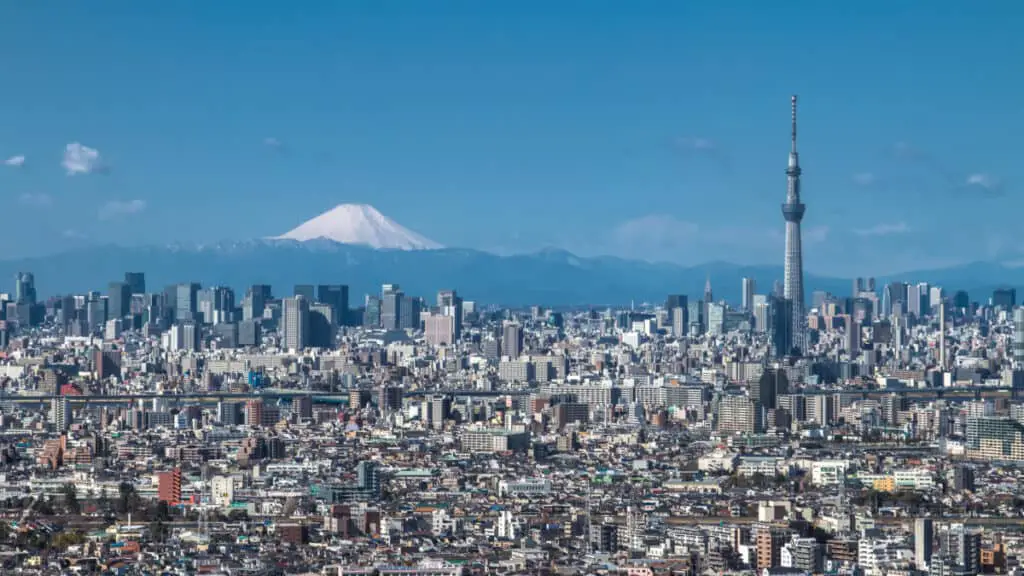
In fact, the New York metropolitan area, otherwise known as the Tri-State area, is nearly as large in size as the Greater Tokyo Area, at 12,093km².
Most people in the United States, however, don’t consider the wider metropolitan regions to be part of the major cities because there is a sense of separation between the different urban and suburban areas.
How Big are the Buildings in Tokyo?
While it does have its skyscrapers, the buildings of Tokyo, on the whole, are not as tall as those of New York, or even Chicago. Some 7 of the world’s 80 tallest buildings are in New York, and Chicago features on that list 3 times, whereas Japan doesn’t appear at all.
Due to the risk of earthquakes, most Japanese buildings are small to mid-size and are made more simply.
Therefore, Tokyo is made up of short, functional buildings, densely packed together and spread out across a vast area.
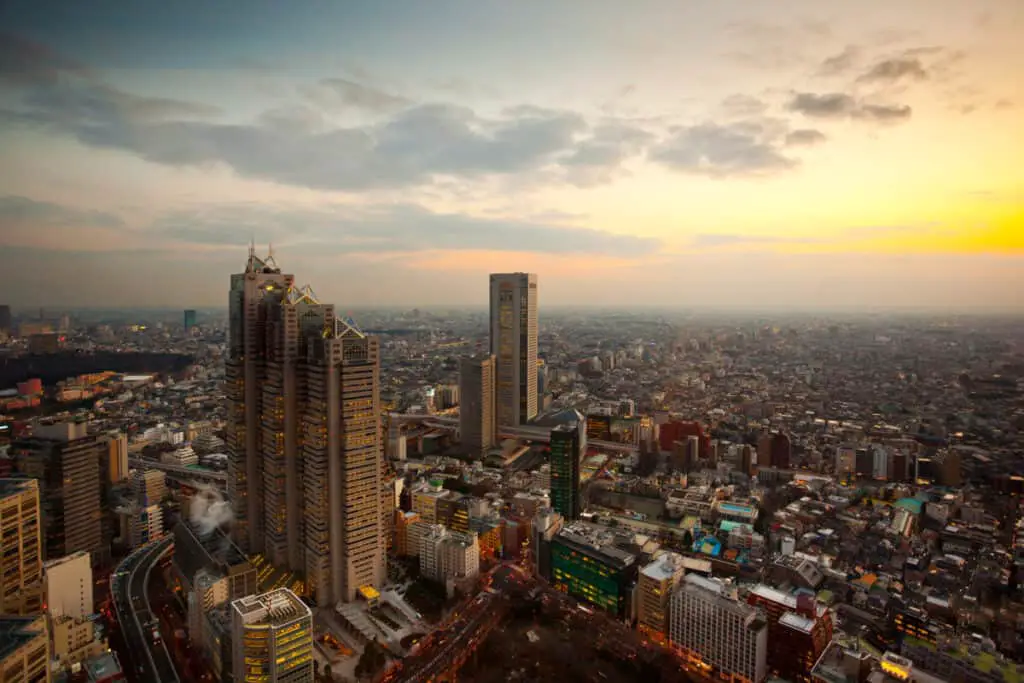
This can make it feel significantly larger because the city doesn’t feel as though it is packed together in a distinct skyline at the center. Instead, it spreads out for miles in every direction.
On the other hand, one of the reasons New York feels so big is the towering structures that loom over its streets, and the experience of staring upwards at buildings that stretch into the sky.
Tokyo does not make you feel small when you look up, as the sky never seems far away. The edges of the city itself, however, feel very far away indeed.
How Busy Are Tokyo’s Streets?
A lot of what makes a city feel big is the number of people on its streets. While large American cities have areas that can feel overwhelming, the majority of Tokyo feels a lot more crowded.
Vast areas of the city have very busy pedestrian zones, and the public transport system is always packed at peak times.
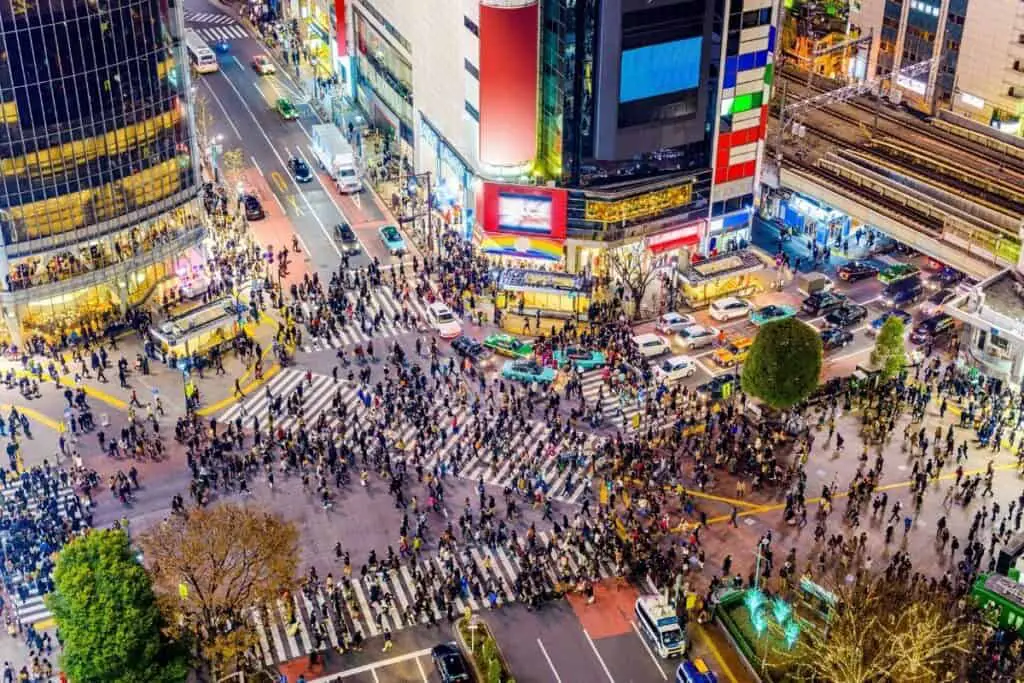
Despite its busy streets, bright lights, loud noises, and unfamiliar smells, Tokyo does feel surprisingly clean and safe.
The crowds in the streets are a reminder of the sheer volume of people living within the city’s boundaries, but the cleanliness makes it feel less chaotic than Manhattan, or downtown Chicago.
While most commuters are underground, on the metro system, the roads of Tokyo are still always busy. The traffic can feel quite ordered, however, with a lot of space for people to walk, particularly at crossings.
Though the number of cars lining them may be the same, the streets of Chicago and New York feel a lot wider and more dominant than those of Tokyo.
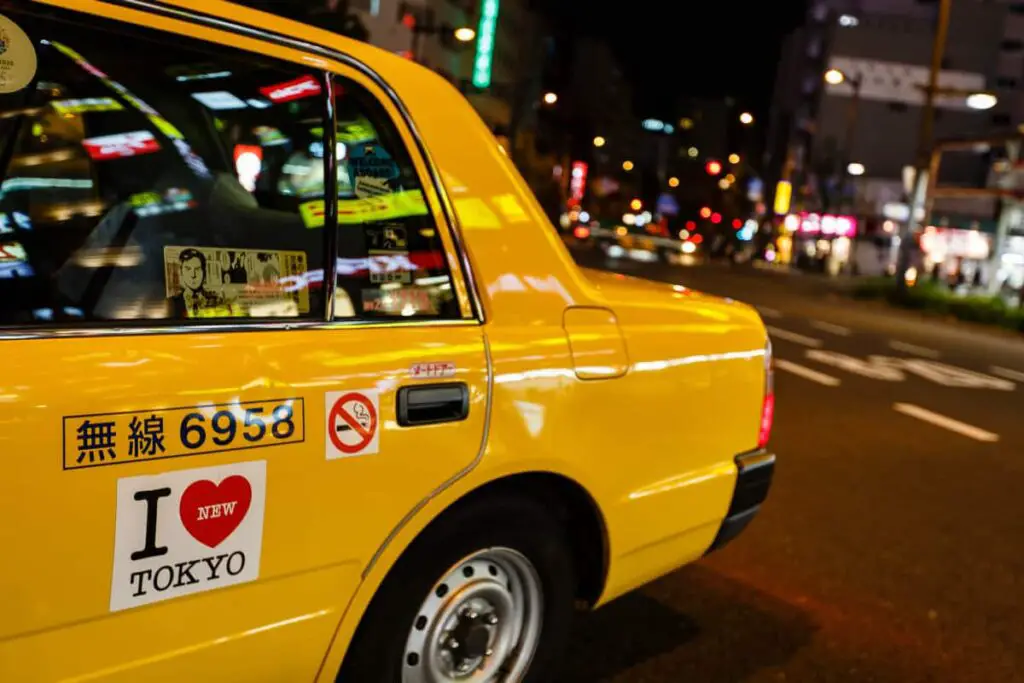
How Do You Get Around Tokyo?
One of the main factors that make Tokyo feel so vast and overwhelming is its metro system.
Traveling on the subway in New York, for example, you still retain a relatively good sense of where you are, and how the different parts of the city come together. This is much more difficult in Tokyo.
The sheer size of the stations alone is quite intimidating but couple that with the vast distances that you might be traveling, and it makes the city seem endless.
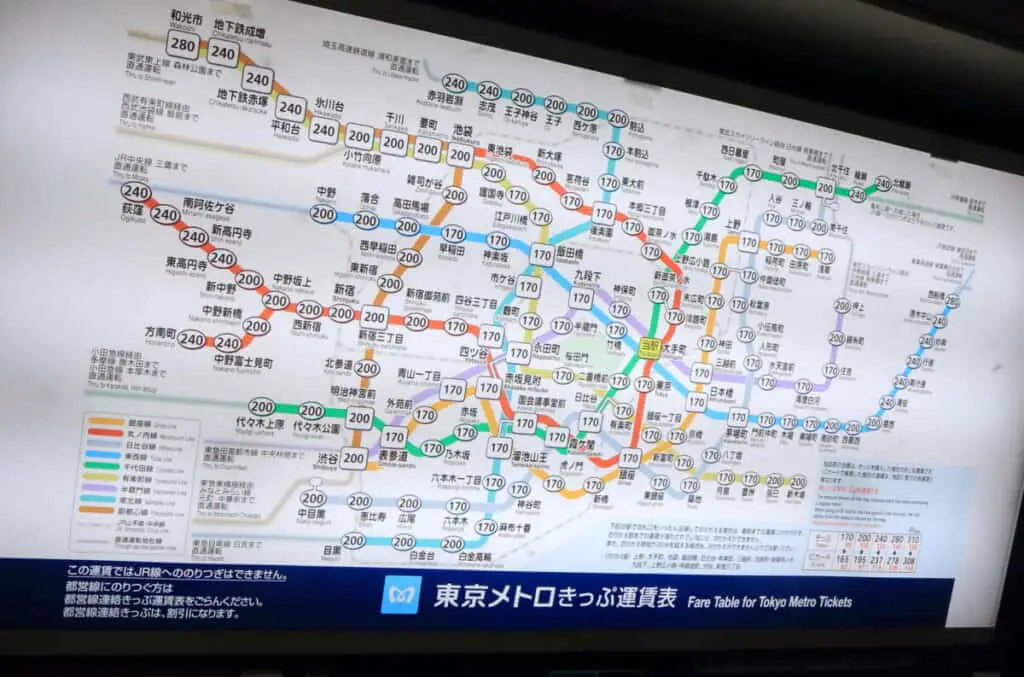
It also doesn’t help that the system is operated by three different companies, which means that you need different tickets to use different lines.
Traveling around Chicago or Atlanta it is very clear where the different areas of the city start and end, and you can easily feel that you have a grasp of the city as a whole.
New York’s subway system, too, is relatively straightforward and direct. The Tokyo subway, in contrast, can make traveling around the city feel like navigating an entire country.
The trains in Tokyo are also very busy, with professional “train pushers” on the platforms at peak times to make sure as many people make it on board as possible.
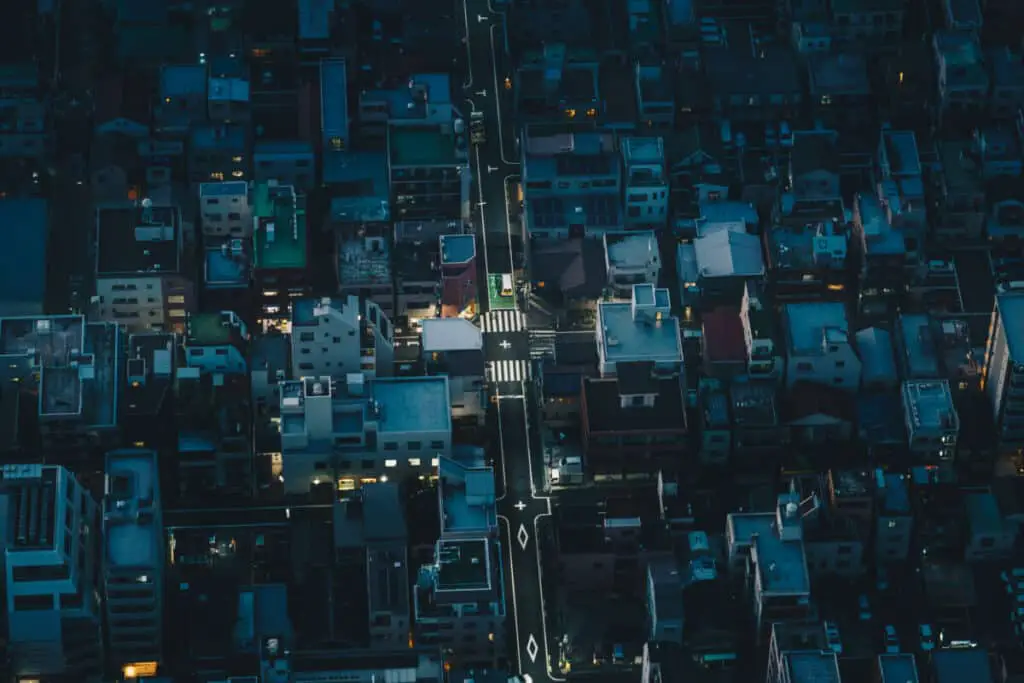
Even Penn Station and Grand Central will never feel quite as busy as a Tokyo platform at rush hour.
Once you’re outside of the public transport system, Tokyo can still feel a lot more difficult to travel around than a large American city.
The streets are not organized into neat rows or numbered simply in the way that they are in New York, and if you do lose your way, Tokyo can seem even more daunting.
Does Tokyo Feel as Big as it Is?
Like all major cities, once you have spent some time in them, Tokyo feels more like a group of smaller, interconnected areas than one vast metropolis.
This can still make Tokyo seem very large, because there is little visual separation between each of its wards and municipalities, in terms of the size and style of the buildings. From above, Tokyo appears to reach all the way to the horizon.
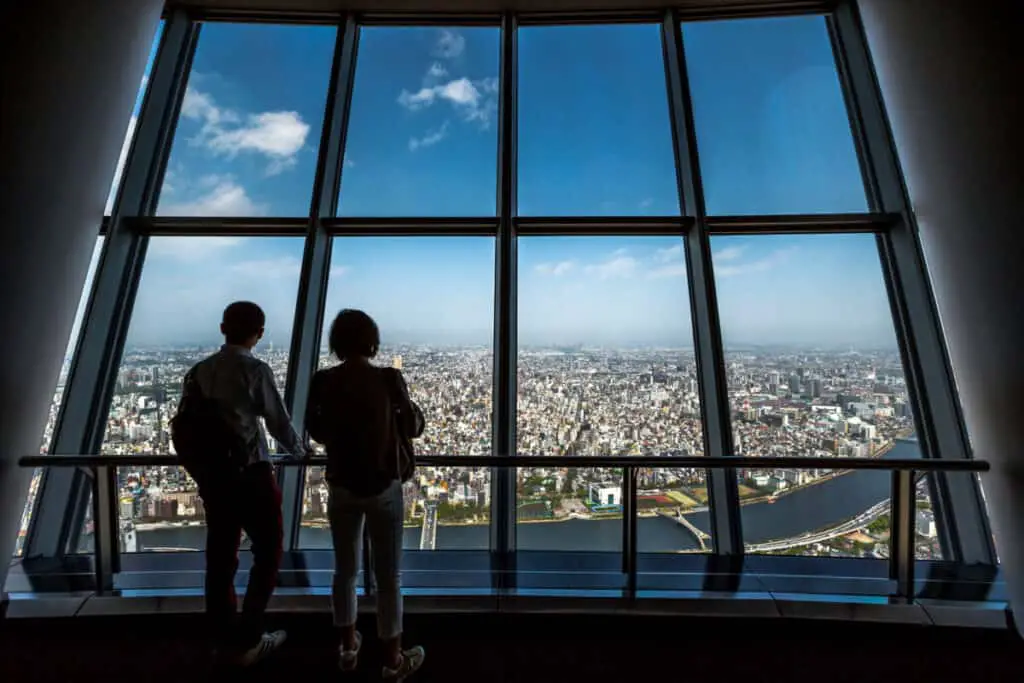
Within its streets, however, it is hard to feel a constant sense of the true scale of the city as a whole.
While there are many reminders, in the crowds that pack the stations’ platforms and in glimpses of buildings in the distance, you will quickly find yourself feeling familiar with your surroundings.
Compared to Chicago, Atlanta, or even New York, Tokyo feels big. It is much more densely populated, its streets can seem a lot bigger, and getting around it can feel much more difficult.
Equally, Tokyo as a city feels clean, safe, and filled with warmth and character.










